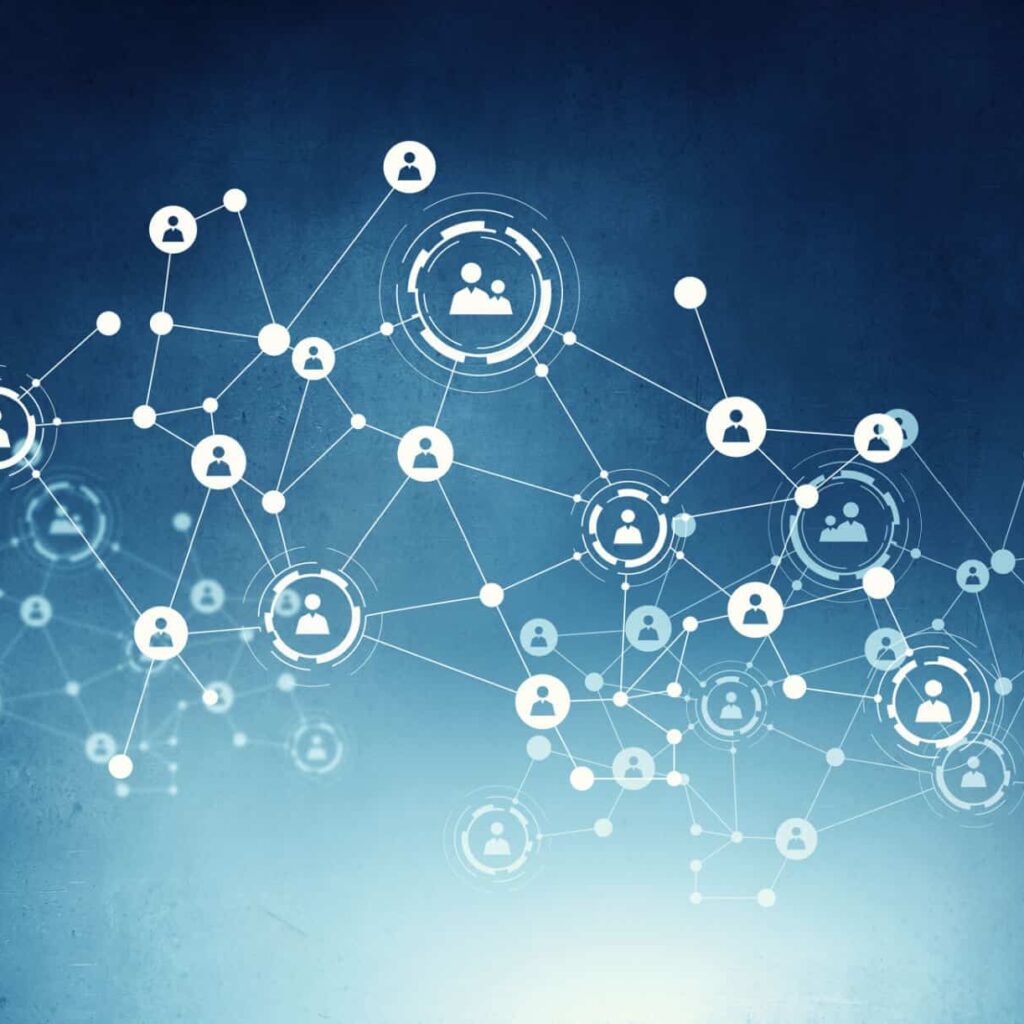Earlier this year, Microsoft released its 2022 Work Trend Index report. The report outlines findings from a study of 31,000 people in 31 countries, along with an analysis of trillions of productivity signals in Microsoft 365 and labor trends on LinkedIn.
One of the interesting findings has been people’s changing views on work-life balance and personal priorities, 47% of respondents said that they are more likely now than before the pandemic to put family and personal life first. In addition, 53%—particularly parents (55%) and women (56%)—said that they’re more likely to prioritize their health and well-being over work than before.
The report emphasizes the fact that employees’ “worth it” equation (what people want from work and what they’re willing to give in return) has changed. It also highlights the need to end the growing disconnect between employees and leaders – referred to as “productivity paranoia” – where employees report they are productive at work, but their leaders say the shift to hybrid work has made it challenging to have confidence in their productivity levels. The power dynamic is shifting and focusing on the employee experience has become critical to the future of business.
Creating a thriving culture requires new and innovative thinking. Workplaces need to be created with enough flexibility to support every employee, to ensure everyone can be connected, engaged, and productive.
So, how can we use tech to improve the employee experience and realize the potential of the future of work?
1 – Insights and Artificial Intelligence
Organizations have already started using solutions built on AI capabilities such as machine learning and text analytics to analyze and gain insights into worker productivity, engagement, and wellness, as well as reduce exit risk.
AI-supported decision-making technology can help assess employee well-being by looking for signs of burnout. It can also reduce the effort spent on time-consuming and less stimulating tasks such as screening potential job candidates.
Data-driven insights and AI accelerate change and productivity in the workforce and in the workplace and actually end up creating more jobs than are lost through automation.
2 – Self-service resources and continuous learning
Companies are empowering employees with more self-service tools that make it easier for employees to update their personal information, apply for expense reimbursement, and access company benefits information.
Self-service tools mean employees have more (and faster) ways to resolve routine issues on their own. They help employees be more efficient, provide real-time updates, create better team morale, and support more workplace data transparency.
Employees are also demanding opportunities to re-skill and upskill themselves to be able to take on new challenges and change roles within the organization. Organizations that fail to provide learning resources and capabilities run the risk of losing employees to competitors and customers alike.
3 – Employee onboarding
Migrating to the cloud has accelerated with remote work, and that’s changed how companies interact with new employees.
With more time spent working alone and fewer casual interactions, there aren’t as many opportunities for new hires to ask questions and new hires may be experiencing the company culture in ways that aren’t familiar.
Having onboarding programs in the cloud helps provide a consistent, holistic experience where employees can easily access learning and training for their new roles, as well as connect and collaborate with colleagues.
4 – Cloud migration
Companies are moving their core people technologies to the cloud to address current challenges, including managing geographically dispersed workforces and employee expectations for up-to-date and constantly improving apps.
What’s more, human resource departments are under pressure to reduce costs, save time, and improve data management.
Moving to the cloud provides teams, wherever their members are located, with easier access to the tools and information they need. It’s quicker and more efficient to keep software and information current when it’s located centrally. Cloud technology also provides layers of security and allows for disaster recovery.
Cloud migration also ensures a consistent experience and set of employee tools and technology for multinational organizations.
5 – Employee experience platforms
The value of investing in a single, comprehensive, cloud-based, employee experience platform that delivers AI insights, enables self-service options, and consolidates HR tools and resources, and provides opportunities for continuous learning, should not be underestimated.
The right EX platform should bring together communications, knowledge, learning, goals and insights to help people and teams connect, no matter where they work.
Employees want to connect easily with others and the information around them. They want to stay informed and engaged, accelerate their learning of new skills, balance their time at work, and have more time to focus and recharge. This new culture of support leads to measurable results by reducing costs, and improving data accuracy, employee retention, morale, and overall productivity.
In response to these employee needs, and the growing disconnect between leaders and their people, Microsoft has expanded its employee experience platform, Microsoft Viva, to connect employees to company culture, business goals, and one another. Viva contains several modules that support connection, insight, purpose, and growth, empowering people and teams to be their best.



